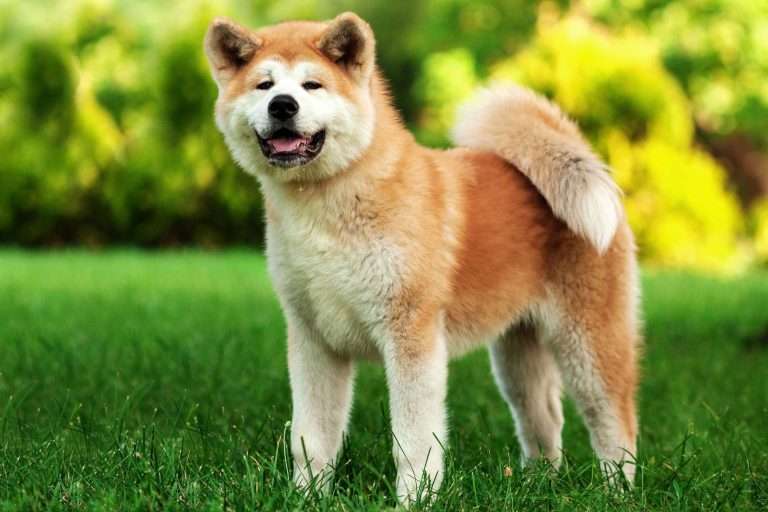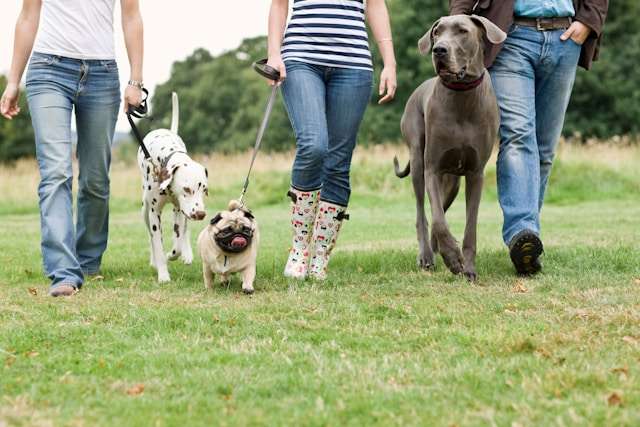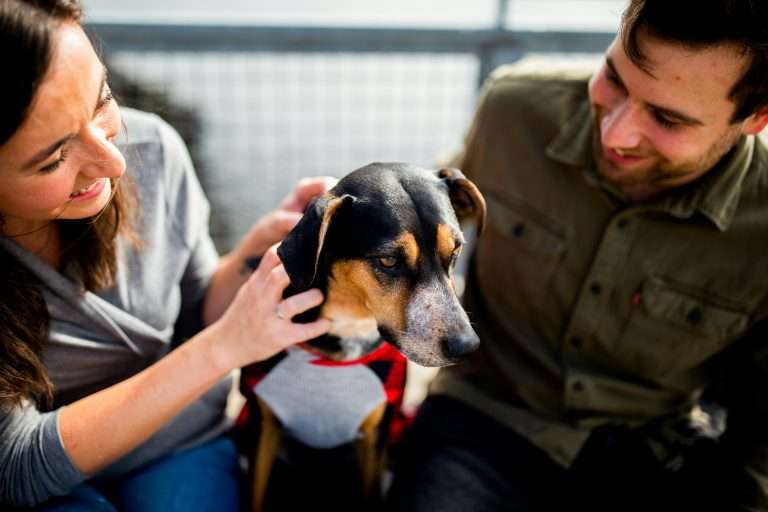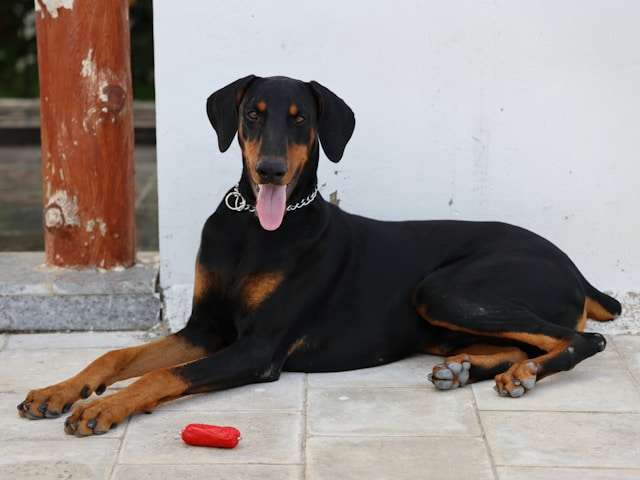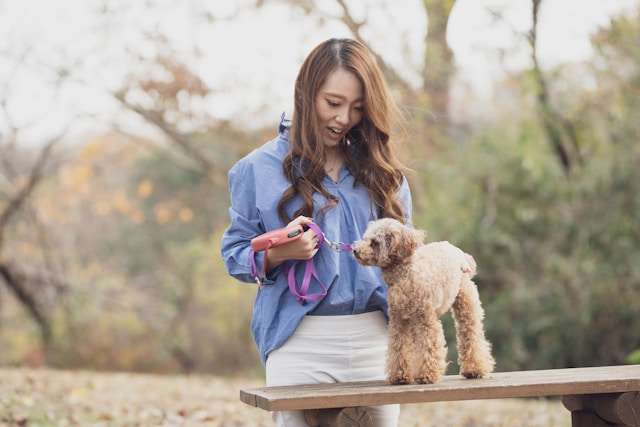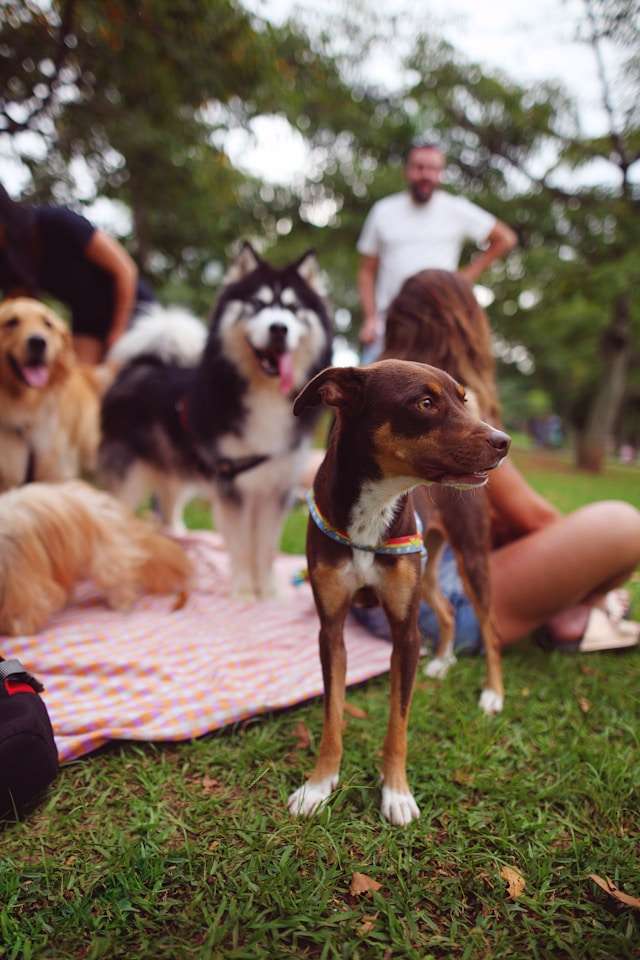The Ultimate Guide to Large and Extra-Large Dog Breeds
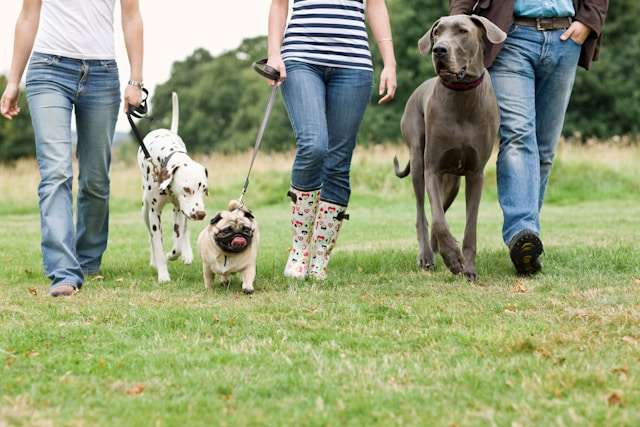
Large and extra-large dog breeds are more than just their size — they’re known for their gentle nature, loyalty, and strong presence. Whether it’s their imposing height or calm demeanor, these dogs make a significant impression.
If you’re considering welcoming one into your home, it’s essential to understand their unique needs, such as proper exercise, nutrition, and living space.
Learn about their distinct traits and discover why these breeds continue capturing dog lovers’ hearts everywhere. For insights into one of the most iconic giant breeds, check out this guide on Great Danes: Gentle Giants That Steal Hearts to see what makes them unique.
Table of Contents
Understanding Large and Extra-Large Dog Breeds
Large and extra-large dog breeds are beloved by many for their sheer size, unique personalities, and undeniable charm. But what defines these breeds, and what does it take to care for them truly? Let’s break it down.
Definition and Size Standards
Large and extra-large dog breeds typically weigh over 50 pounds, with some extra-large breeds tipping the scales at 100 pounds or more. Their heights often range from 22 inches to over 30 inches at the shoulder. Some of the most recognizable breeds include the Great Dane, Mastiff, and Bernese Mountain Dog.
These dogs are categorized based on their physical dimensions, but their classification also highlights their working roles in history—guarding, herding, or even search and rescue. Are you curious about giant breeds that stand out? Explore the largest dog breeds here.

Photo by David Floyd.
Benefits of Owning Larger Breeds
Owning a large or extra-large dog comes with numerous rewards that go beyond their physical presence:
- Loyal Companionship: These dogs often form deep bonds with their families, offering unmatched loyalty.
- Protection: Their size is a natural deterrent for intruders, making them ideal guard dogs even if they have gentle personalities.
- Family-Friendly Nature: Many large breeds, such as the Newfoundland, are known for being patient and affectionate with children.
Additionally, their calm demeanor makes them excellent therapy dogs. Their size and gentle disposition often bring comfort to individuals in need. Ready to meet some extra-large breeds? Check out this guide on extra-large breeds.
Challenges of Ownership
While these gentle giants bring plenty of joy, they aren’t without challenges:
- Space Requirements: Larger breeds need room to stretch out. Small apartments may not be ideal.
- Exercise Needs: Daily walks and activities are crucial to maintain their health and prevent obesity.
- Healthcare Costs: Expect higher veterinary expenses due to their weight and potential for breed-specific issues, such as hip dysplasia.
- Dietary Demands: They consume more significant portions, and their diets often need to be tailored to support bone and joint health. Learn about specialized nutrition for large dogs here.
Owning a large or extra-large dog is a commitment. It requires careful planning, from ensuring they have enough space to budgeting for higher costs. However, for many, the joy they bring far outweighs the effort.
Popular Large and Extra-Large Dog Breeds
Regarding large and extra-large dog breeds, these incredible canines aren’t just defined by their size—they’re loved for their temperament, history, and unique traits. Let’s explore some of the most popular breeds that have captured the hearts of dog lovers worldwide.
Great Danes

Photo by Luna Lovegood.
Great Danes, often called “gentle giants,” are among the world’s tallest dog breeds. Despite their imposing size, they are known for their affectionate nature and calm demeanor. These loyal dogs form strong bonds with their families and are exceptionally gentle with children.
With proper training, they thrive as friendly and dependable companions. Learn more about their dietary needs on What Is The Best Dry Dog Food For Great Danes? or discover further breed details on Great Dane Dog Breed Information.
Saint Bernards
Saint Bernards are synonymous with snowy mountain rescues and unwavering loyalty. Originally bred in the Swiss Alps to assist in search and rescue missions, they’ve become famous for their gentle, friendly demeanor and dedication to their owners.
Despite their massive size, Saint Bernards are affectionate and love spending time with their families, making them excellent companions. Explore their fascinating history at Saint Bernard History.
Newfoundlands
Newfoundlands are natural swimmers with webbed feet perfectly designed for water. These dogs were once used as working companions for fishermen, excelling in water rescues thanks to their strength and stamina. Known as “Newfies,” they are incredibly loyal and gentle, especially with children. Their calm yet protective nature makes them ideal family pets. Are you curious to know more about their impressive capabilities? Check out About the Newfoundland Dog or Unveiling the Newfoundland Dog Breed Personality.
Mastiffs
Mastiffs are celebrated for their protective instincts and steady, calm demeanor. These giant dogs are incredibly loyal, making them trusted guardians and affectionate family members. Despite their imposing size, Mastiffs are generally relaxed and laid-back, often preferring to spend time lounging with their humans.
However, their protective side will undoubtedly shine if their loved ones are threatened. Dive into details about their longevity and care on How Long Do Mastiffs Live? Understanding Their Lifespan.
Irish Wolfhounds
Irish wolfhounds have a long history as hunters, initially bred in Ireland for their bravery and skill in hunting wolves and large game. These dogs are known for their striking size and graceful appearance, often garnering admiration wherever they go.
While they were once battle companions, Irish Wolfhounds are now cherished for their friendly and gentle demeanor, making them excellent family pets. Discover their ancient heritage on The History of the Breed – Irish Wolfhounds.
Each of these breeds brings its unique qualities to the table, from the dependable protection of a Mastiff to the water-bound heroism of a Newfoundland. Their impressive size comes with even bigger hearts, making them fantastic companions for the right families.
Care and Maintenance for Large Breeds
Caring for large and extra-large dogs requires a focused approach to meet their specific needs. From tailored diets to proper grooming, here’s how to keep your big best friend happy and healthy.
Nutritional Needs
Large dog breeds have unique nutritional demands directly impacting their health and well-being. Due to their size, they require diets rich in quality proteins, healthy fats, and glucosamine to support joint health. Avoid overfeeding; maintaining an ideal weight reduces stress on their bones and joints. A balanced diet isn’t just about calories—it’s about nutrients that cater to their massive frames.
Here are some staple tips to meet the nutritional needs of large breeds:
- Choose size-specific formulas: Large-breed dog foods contain nutrients like omega-3 fatty acids for joint and coat health.
- Watch calcium and phosphorus levels: These minerals are crucial for bone growth but must be balanced to prevent developmental issues.
- Divide meals: Feeding more minor, more frequent meals reduces the risk of bloat—a standard and severe health issue in large breeds.
For more detailed insights, check out Nutrition Tips on the K9 Nutripick Blog, which provides expert guidance on formulating meals for your large breed.
Exercise Requirements
Exercise is essential for large breeds—not just their bodies but also their minds. Keeping your gentle giant active prevents obesity and curbs behavioral problems like chewing or barking.
How Much Exercise?
Consider the breed when planning exercise routines. Large breeds like Mastiffs may require moderate activity, while Irish Wolfhounds may need more rigorous exercise. On average, aim for 60-90 minutes per day.
Here’s how to keep it engaging:
- Long walks: A brisk daily walk keeps their heart active and energy balanced.
- Agility training: Some large breeds enjoy tasks that challenge their coordination.
- Swimming: A low-impact exercise that’s gentle on their joints yet effective.
Always account for their age, as puppies and older dogs may have different activity needs than adult dogs. For more exercise ideas tailored to large dogs, browse How to Care for Your Large-Breed Dog.

Photo by Matthias Zomer
Grooming and Health Care
Grooming a large dog isn’t just about keeping them looking good—it’s about their long-term health. Beyond essential baths and brushing, attention to nails, ears, and dental hygiene is vital.
Grooming Tips
- Regular brushing: Large breeds with thick coats, like Saint Bernards, need brushing a few times weekly to prevent mats.
- Bathing once a month: Too frequent washing can strip their skin of natural oils.
- Nail trimming: Overgrown nails lead to discomfort or joint issues—check and trim monthly.
Health Challenges to Watch
Large dogs are prone to health issues like hip dysplasia, arthritis, and gastric torsion. Regular vet visits are crucial for the early detection of these problems. Also, keep a close watch on their dental health, primarily if their breed is known for susceptibility to gum disease.
Learn more about tailored care approaches for specific breeds at The Ultimate Guide to Labrador Retriever Care or explore How to Keep Large Dogs Healthy at Every Life Stage.
Providing care for large breeds may seem like a tall order, but with the right attention and routine, these gentle giants can thrive and live happy, healthy lives.
Training Large Breeds
Training large dogs requires a different approach than smaller breeds due to their size, strength, and specific needs. While their impressive size can make them look intimidating, most large breeds are gentle but need proper guidance to grow into well-mannered companions. Let’s explore essential training practices and the importance of socialization.
Basic Training Techniques
When training large breeds, creating a strong foundation of behavior is key. These dogs are often strong-willed, so early and consistent training ensures they become manageable and reliable members of your household.
Key Techniques:
- Start Early: Begin training as soon as you bring your dog home. Even at just a few months old, large-breed
puppies can learn basic obedience commands like “sit,” “stay,” and “down.”
- Use Positive Reinforcement: Reward-based methods work well, like treats and verbal praise. Always reward desired behaviors instead of scolding evil actions, creating
a positive learning environment.
Teach Leash Manners: A poorly leash-trained large dog can be challenging to control. Focus on ensuring they walk calmly beside you without pulling. Use durable equipment, such as a sturdy harness.
- Prioritize Recall: Commands like “come” are vital for large dogs. Their size makes them harder to retrieve physically if they
chase after something.
Be Consistent: Large breeds thrive on routine. Be clear with commands and ensure everyone in the household consistently enforces the same rules.
For more tips, check out the Dog Breed Guide: Find Your Perfect Companion, which highlights why consistency matters when developing a well-behaved pet.

Photo by Wandering VirgoNurse.
Socialization Importance
Socialization isn’t just recommended—it’s essential for large breeds. Due to their size and strength, untrained large dogs can accidentally cause harm simply by being overly enthusiastic or uncoordinated.
Why It Matters:
- Prevents Aggression: Early exposure to different people, pets, and environments reduces fear-based reactions, ensuring your dog is comfortable and well-adjusted.
- Teaches Boundaries: Socialized dogs learn how to interact respectfully, avoiding behaviors like jumping on visitors or playing too rough with other pets.
- Builds Confidence: Dogs unfamiliar with new surroundings can become anxious. Socialization helps them navigate the world calmly.
How to Begin Socialization:
- Start Early: Expose your puppy to various sounds, people, and animals from a young age.
- Controlled Environments: Begin in safe, supervised settings like puppy classes or a small gathering of friends with well-behaved dogs.
- Regular Outings: Take walks in different neighborhoods or visit dog-friendly parks to introduce new sights and smells.
For additional resources on extensive breed behavior management, explore Training Big Dogs – A Big Responsibility, which touches on the importance of early training programs.
By combining proper training techniques and prioritizing socialization, you can help your giant companion reach their full potential as a gentle, well-mannered family member.
Living with Large Dogs
Welcoming a large dog into your home can bring immense joy and companionship, but their size also comes with unique responsibilities. From spacious living arrangements to bonding with family members, here’s what you need to know about sharing your life with these gentle giants.
Space and Environment
Large dogs aren’t just big—they have equally significant space requirements. While they may enjoy lounging on the couch, they still need room to stretch and move comfortably. A small apartment might work for certain calm breeds, but access to outdoor areas becomes non-negotiable.
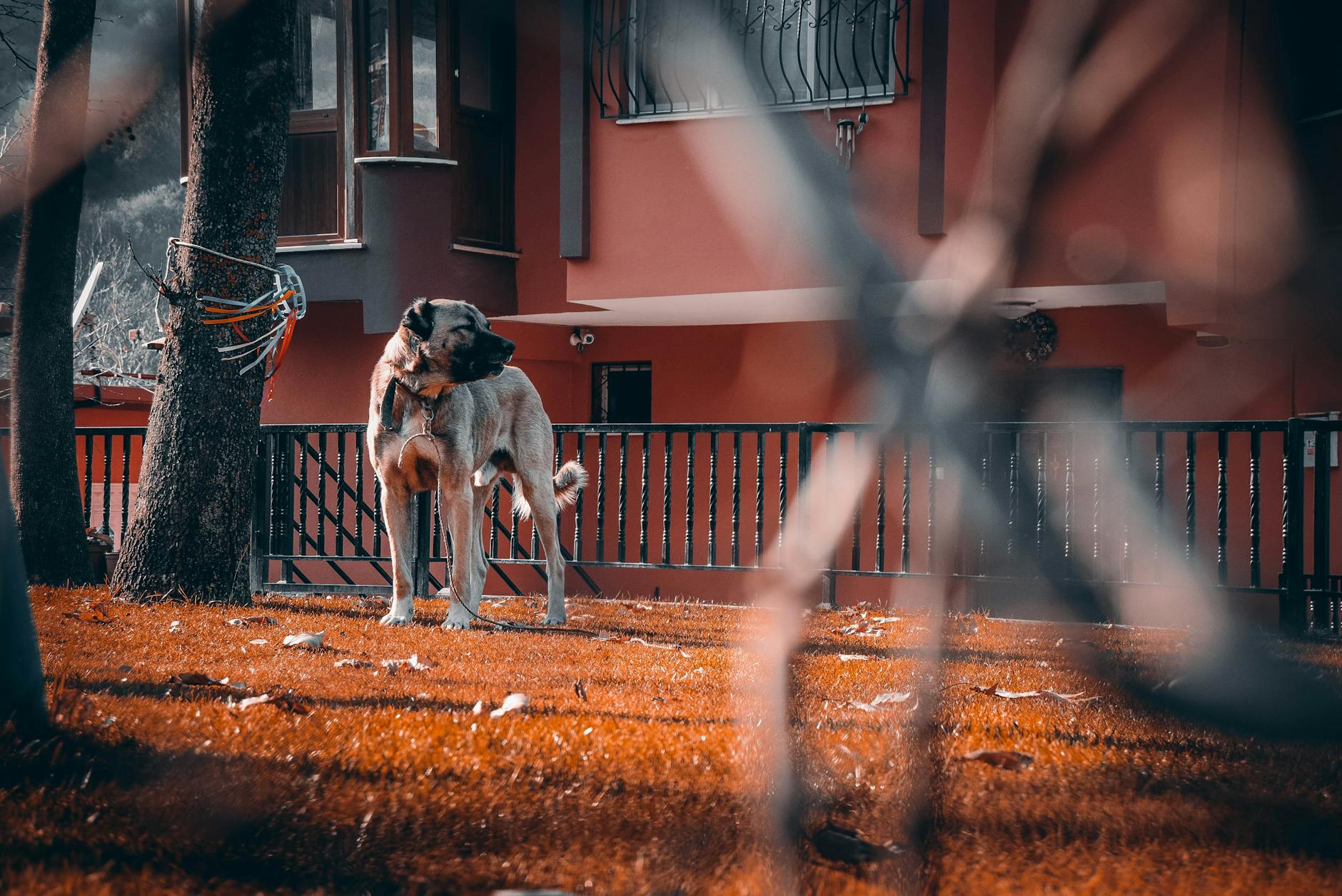
Photo by Korhan Erdol.
Here are some essential considerations for creating the perfect environment for a large dog:
- Room to Roam: A fenced backyard is ideal, giving your dog a safe area to play and exercise.
- Durable Furniture: Prepare for the occasional wagging tail knocking over items or a dog claiming the couch as their throne.
- Dog-Proofing: Move fragile objects out of reach, as larger breeds can unintentionally cause havoc during zoomies.
- Flooring Choices: Scratch-resistant floors or rugs can help prevent wear and tear.
Even if you’re living in smaller quarters, don’t despair. Many large dogs can adapt to smaller spaces with proper exercise and mental stimulation. Check out these tips for living with a big dog in a small space to make it work for you.
Family Compatibility
Large dogs are often family favorites, blending well into households with kids and adults. Their size may be intimidating, but they tend to be gentle, patient, and loving companions. Still, ensuring a harmonious family dynamic requires preparation and understanding of their nature.
How They Fit into Families:
- Patient with Kids: Large breeds, like Newfoundlands or Saint Bernards, are famously great with children due to their calm demeanor.
- Protective Instincts: While they’re often gentle giants, their size and natural inclination to guard can make them excellent protectors.
- Require Training: Large dogs must be well-trained to prevent accidentally overwhelming younger or smaller family members.
However, not every family is suited for large dogs. Preparing children to respect a dog’s boundaries is critical. Learn more about family-friendly large breeds with our guide on Your Guide to Lovable Bernese Mountain Dogs.
Owning a large dog also brings together families during shared walks, games, and care routines. These dogs thrive on the bonds they form and enjoy being part of daily life. For more insights into the joys and challenges, check out Things No One Tells You About Owning Big Dogs.
Making physical and emotional room for a large dog is only the beginning of your journey. Next, we’ll explore other essential aspects of living with and caring for these remarkable companions.
Frequently Asked Questions About Large and Extra-Large Dog Breeds
When considering large or extra-large dog breeds, it’s natural to have questions. These majestic dogs are unique in their needs, care, and demeanor. Here are some of the questions people often ask about bringing one of these gentle giants home.
Are Large Dogs Good for Families?
Yes, large breeds can be excellent family companions. Their calm nature and loyalty make them great with kids. Breeds like the Newfoundland and Saint Bernard are famously patient and gentle, especially around younger children. However, early socialization and training are crucial to ensure safe interactions.
Need more details about family-friendly breeds? Explore this guide for common questions about large dog breeds to find the right fit for your household.
What Are the Health Concerns Specific to Large Dog Breeds?
Large and extra-large dogs often face unique health challenges due to their size. Common concerns include:
- Hip and elbow dysplasia: Joint issues caused by improper alignment.
- Bloat (gastric torsion): A life-threatening condition where the stomach twists.
- Arthritis: Larger dogs experience more stress on their joints over time.
Regular vet check-ups, a healthy diet, and proper exercise routines can help prevent or manage these issues. Learn more about keeping giant dogs healthy on Caring for Giant Dog Breeds and Extra Large Dogs.
How Long Do Large and Extra-Large Dogs Live?
Life expectancy for larger breeds varies:
- Large breeds (50-100 lbs) often live 10-12 years.
- Extra-large breeds (over 100 kg) have a shorter 8-10 years lifespan.
While their time is shorter compared to smaller breeds, they can have a high quality of life with proper care. For tips on extending their lifespan, check out Everything You Need to Know about Your Large Breed Dog.
What Do Large Dog Breeds Eat, and How Much?
Feeding a large dog breed often requires careful attention to their nutritional needs. Most large dogs consume 2 to 4 cups of high-quality dry food daily, depending on their age, weight, and activity level. Look for recipes designed for large breeds containing:
- Glucosamine: Supports joint health.
- Low-calorie density: Helps prevent unnecessary weight gain.
For a detailed guide on their diet, visit Reviews | Dog Breeds And Photos, which includes insights into brands tailored to large breeds.
Do Large Dogs Require Special Exercise?
Yes, they do! Regular exercise tailored to their energy level and needs is crucial to prevent obesity and joint problems. Activities like swimming, brisk walks, and light jogging are excellent choices. Avoid high-impact activities for breeds prone to joint issues.
Pro-Tip:
Swimming is a fantastic, low-impact workout for large breeds with joint concerns. It’s both fun and healthy!
Check out Caring for Giant Dog Breeds and Extra Large Dogs for a breakdown of exercise routines.
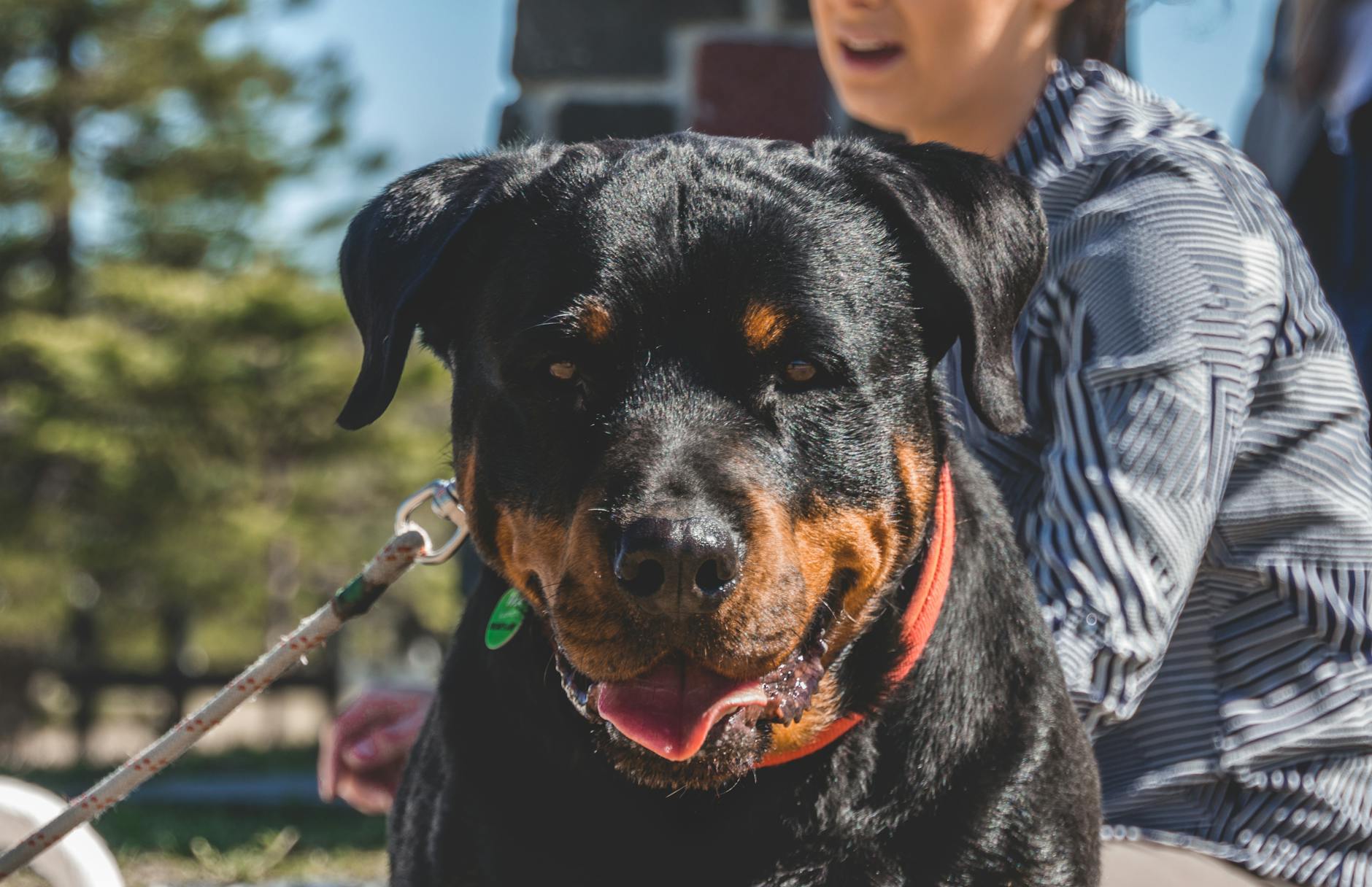
Photo by Matthew Barra.
Are They Suitable for Apartments?
This depends on the breed and their activity level. Surprisingly, some large dogs, like Great Danes, adapt well to apartment living due to their laid-back demeanor. However, breeds with higher energy may struggle in small spaces without proper outlets for exercise.
If you’re considering an apartment-friendly breed, proper training, and regular exercise are must-haves. Check out this list of facts about large dog breeds for compatibility insights!
Large and extra-large dog breeds are indeed a class of their own, bringing unmatched loyalty and affection to their families. By addressing these common concerns, dog lovers can better prepare to welcome one of these gentle giants.
Conclusion
Large and extra-large dog breeds captivate with their big hearts and intense bonds. Their loyalty, protective nature, and companionship make them incredible additions to the right home.
However, their size comes with responsibilities. They need ample space, proper training, and tailored care to thrive. Ensuring your lifestyle aligns with their needs is vital for a rewarding companionship.
If you’re considering adding one of these gentle giants, explore resources like Discover The Best Types For Every Lifestyle 2024 for more breed ideas to fit your family and home.

